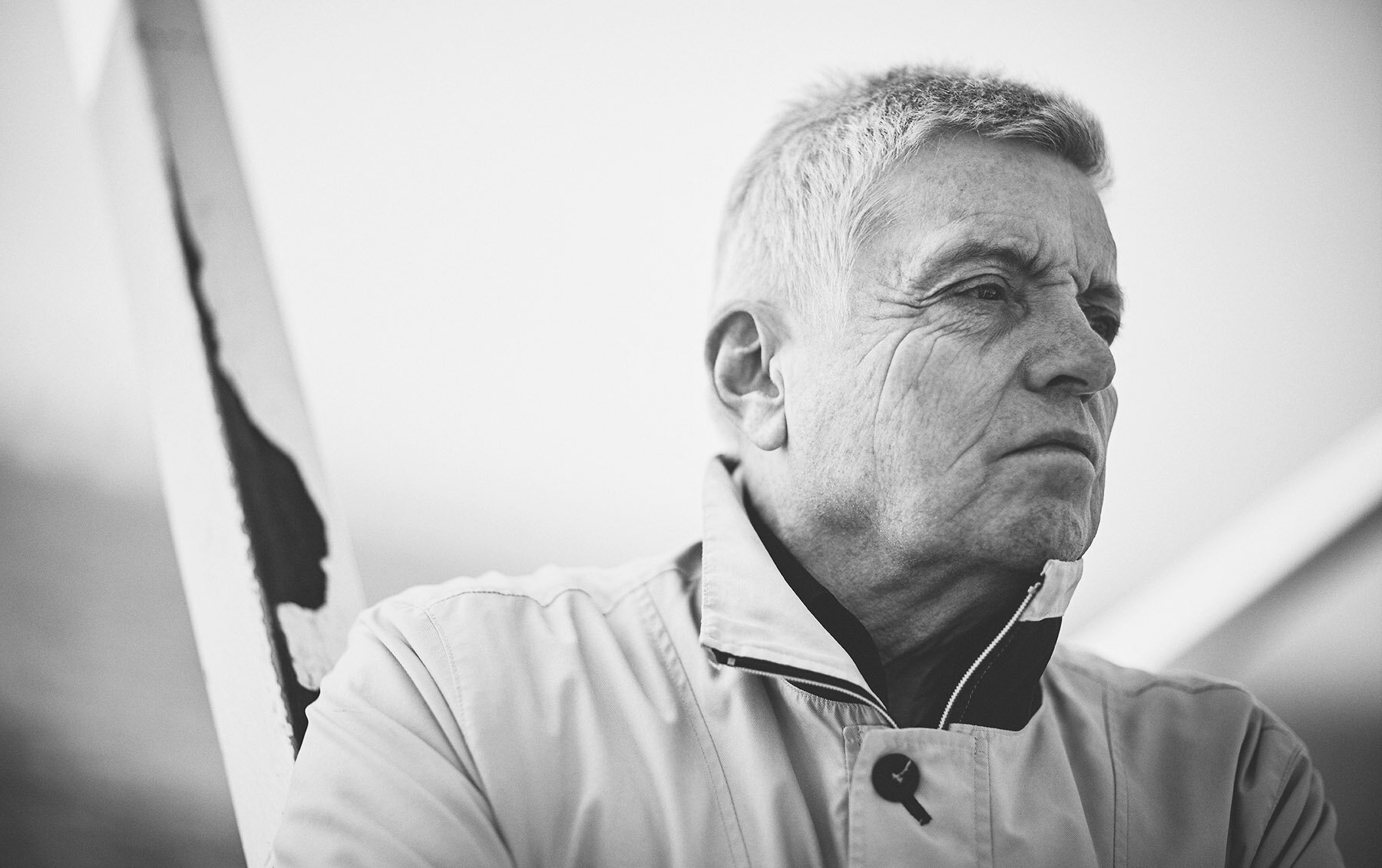Lars Engström’s secrets to perfectly balanced Scandinavian Sound
Lars Engström has spent many years listening to different components. Tubes, transformers and capacitors are all important to the sound. A balanced amplifier has an open and detailed sound. You don’t need to brighten the sound up with silver or exotic transformer cores. We have tried some of these materials but we believe that it takes away too much of the body of the sound. The most important thing with capacitors is the dielectricum. We use polyester (Mylar) in small decoupling capacitors. Polypropylene is used in the power supply capacitors. For signal capacitors we prefer Teflon. It is important that it is real metal film capacitors not metallised plastic film. We use tin foil that gives the best sonic balance.
There are a number of things that we think needs to be done right to achieve the maximum fidelity in music reproduction. Lars Engström’s list of design imperatives includes some of the necessities that are absolutely vital.
LARS Design Imperatives
1. Fully balanced circuit
A fully balanced circuit has many advantages. It cancels even overtones, it improves the common mode rejection, it gives better power supply rejection and it cancels the filament hum. Additionally, the transformers can handle more power. The core we use for the output transformer in LARS can handle 40W in single ended mode and 125W in balanced mode. That means that for a given output power you will get better low frequency response using balanced coupling. A balanced amplifier takes almost the double amount of component. Therefore, it is more expensive than a single ended amplifier.
2. & 3. No negative feedback and power triodes
While negative feedback may look good theoretically, it requires infinite amplification, bandwidth and dynamics in practice. In reality negative feedback blurs the transient, an effect that is commonly known as “gray sound”. The implementation of negative feedback made it possible to use pentodes and transistors. The reason for using pentodes, instead of triodes, is that it is possible to get more power with fewer tubes. However, already 80 years ago, people complained about the “pentode sound”. To eliminate the negative aspects of gray sound we use direct heated power triodes and no negative feedback in our amplifiers.
4. Transformer coupling between the driver stage and output stage
To improve the transient response and thus achieving a more open and detailed sound, we have implemented a transformer coupling between the driver stage and output stage. The transformer coupling gives double headroom at the plates of the driver tubes. This gives a 6dB better dynamic in the drivers and a much faster charge and discharge of the grid Miller capacitance of the output tubes. There is no risk of blocking the output tubes due to charging of a coupling capacitor.
5. Transformer as phase splitter
In a balanced circuit the most important factor is to make certain that the two signals are exactly symmetrical. As all tube phase splitters are more or less unsymmetrical we use a transformer as phase splitter. The input transformer that makes the phase splitting is made with amorphous iron core and oxygen free copper windings. Silver windings are available as an option.
6. Wide-band transformers
Intermodulation distortion occurs at the frequency where the transformer response starts to go down, causing the transformer to start working as a frequency mixer. This can create new unwanted frequencies that are not harmonically related to the original signal. To avoid intermodulation distortion, we use wide-band transformers that can handle frequencies far outside the audio frequencies.
7. Transformers with High B grain oriented steel
To assure both good power capabilities and good frequency response, we use steel with the best qualities. Further, all the iron in the core should be oriented in the flux direction. The C-core or toroid transformers that we use fulfills all the above. In, e.g. the cheaper I-E clip transformers that are common on the market 50% of the iron is oriented the wrong way.
8. Metal foil capacitors in the signal route
We use metal foil capacitors for improved mechanical stabilization. Metal foil capacitors are made with higher quality metals compared to the cheaper plastic foil capacitors that are common on the market. High quality metal foil capacitors are available with copper, silver or tin foil with a dielectric of Teflon or polypropylene. We use tin foil capacitors with Teflon in THE LARS amplifiers.
9. Foil capacitors in the power supply
In order to avoid energy loss or undesirable sonic influences we use foil capacitors almost exclusively. We have minimized the usage of electrolytic capacitors, as these often have high impedance that affects the passing signals between the amplifier stages via the power supply. Foil capacitors have a much lower impedance and they lasts much longer than electrolytic capacitors.
10. Differential amplifiers where possible
With differential amplifiers we get a better common mode rejection and power supply rejection than we should have with separate cathode resistors. We don’t have to match cathode resistors and we don’t need any cathode capacitor.
11. Tube rectifiers
Tube rectifiers produce less high frequency spikes than solid-state rectifiers. High frequency spikes add to the background noise, which affects the sound performance of the amplifier.
12. Always design with 20% margin to max voltage, current, power dissipation etc
To secure lower failure rate and longer life time of the amplifier, we always design with a 20% margin to max voltage, current, power dissipation etc.
13. Teflon tube sockets
Tubes are sensitive to vibrations. By using Teflon tube sockets, we isolate the tubes from some of the mechanical vibrations. In addition, the Teflon sockets that we use have better contacts, which grips the tube pins better than ceramic sockets.
14. Non-magnetic enclosure
A steel enclosure may cause magnetic coupling between different parts of the amplifier. Because of this the enclosure have an electrical conducting surface to give better screening.
15. Output impedance selection with several secondary windings connected without any open windings (relay controlled)
If some of the windings are left open the transformer is not used optimally. The unused parts of the transformer may cause less symmetry and change the inductance and the capacitance of the winding. Because of this our designs never have open windings.
16. Only one chassis ground – star ground system
In a star ground system all local grounds for each stage are connected together. A wire is then run from that point to a single ground point on the chassis back at the power supply ground. The reason for using a star ground system is to prevent hum and noise that may occur if the heavy power supply and output stage ground currents flows in the ground return of the low-level input stages.

